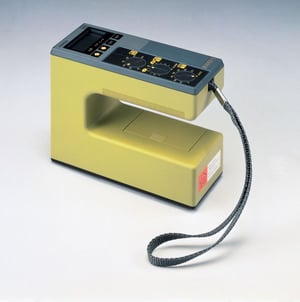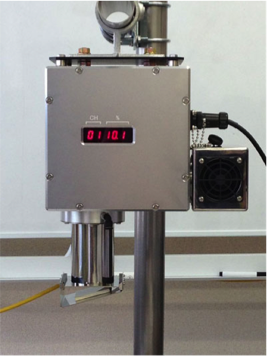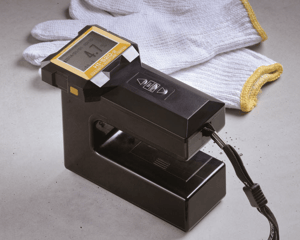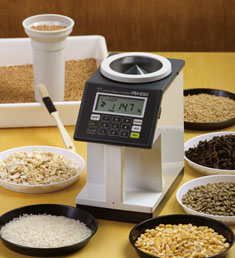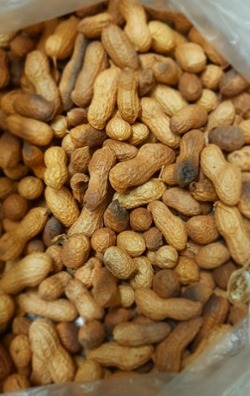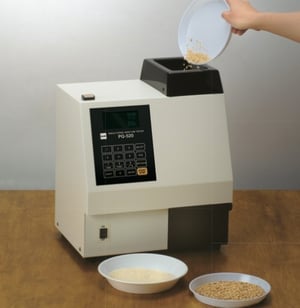Hardwood floors are an enduring, timeless option that many homeowners and business owners choose to create a variety of looks. Depending on the design, finish, and stain, wood floors can be trendy, elegant, chic, or cozy.
Moisture Meters: An Essential Tool for Installing Wood Flooring
Topics: Moisture Meter
Using a Moisture Meter for Woodworking
Woodworking is an art form that calls for “cutting, shaping, and joining wood” to create objects that we interact with every day of our lives. While the basic skills may be easy to learn, it’s a craft that many spend their lives refining.
Topics: Moisture Meter
Our Total Care Solution: What It Means for You
Over the years, we’ve had the privilege of working with a broad range of clients, serving industries that range from agriculture to pharmaceuticals, polymers and plastics, and beyond. In that time, we’ve discovered a myriad of ways to ensure that the instruments we provide our customers are not only precise, high-quality, and built to last, but also that they are uniquely suited to their needs.
Topics: Moisture Meter, Composition Analyzer
Avoiding Fires When Heating and Drying Crops for Storage
Last year, a feed mill in Weimar, Texas, caught fire thanks to one small spark from an overheated bearing in the elevator leg of the mill. This led to a dust explosion and a resulting fireball that echoed through the feed mill with a cannon-line sound and could even be heard several miles away.
Topics: Moisture Meter
Tips for Pouring and Laying Concrete in Cold Weather and Frozen Soil
Construction can’t stop just because temperatures drop. As temperatures fluctuate, essential building materials like concrete have different curing conditions and sporadic strength gain.
Topics: Moisture Meter
5 Ways NIR Technology Helps Save Money And Improve Profits
When deciding on the best moisture measurement technology for your business, it’s important not to make a decision purely based on the purchase price of the instrument. Weighing up the benefits and how these can impact both efficiencies and profits is key to a long-term successful acquisition.
Topics: Moisture Meter, Composition Analyzer
Sesame Crops: The Difference Moisture Can Make
Sesame is very likely one of the oldest cultivated crops in the world. For thousands of years, it has been grown for use in oil and other applications, such as sesame meal and sesame flour. Records of sesame crops date back as far as 1600 B.C. in the Tigris and Euphrates valley regions. In some cases, it is even used in all-natural beauty products because of its antioxidant properties.
Topics: Moisture Meter
Producing Food-Grade Oats
Oats are a dietary staple in many areas of the world. We consume them in foods like oatmeal and oat flour, and even in baked goods such as cookies, granola bars, and bread.
Topics: Moisture Meter, Composition Analyzer
Shell and All: Measuring Peanuts’ Moisture Levels
Peanuts are a popular food across the country. Used in a variety of recipes and the primary ingredient in peanut butter, the United States produced around 6.13 billion pounds of peanuts in 2020 alone. Many of these peanuts went into the processing of peanut butter. Peanuts are versatile. They go into sandwiches, entrees, and even baked goods. It’s estimated that around 300 million Americans eat peanut butter, while only about 32 million do not.
Topics: Moisture Meter
The Importance of Precise Wheat Moisture Content
For quite some time, wheat farmers would take their freshly harvested crops to market instead of drying and storing them. This is largely because it takes quite a bit of time to properly dry and manage wheat for long-term storage, and if there’s one thing that farmers have in short supply, it’s time.
Topics: Moisture Meter

